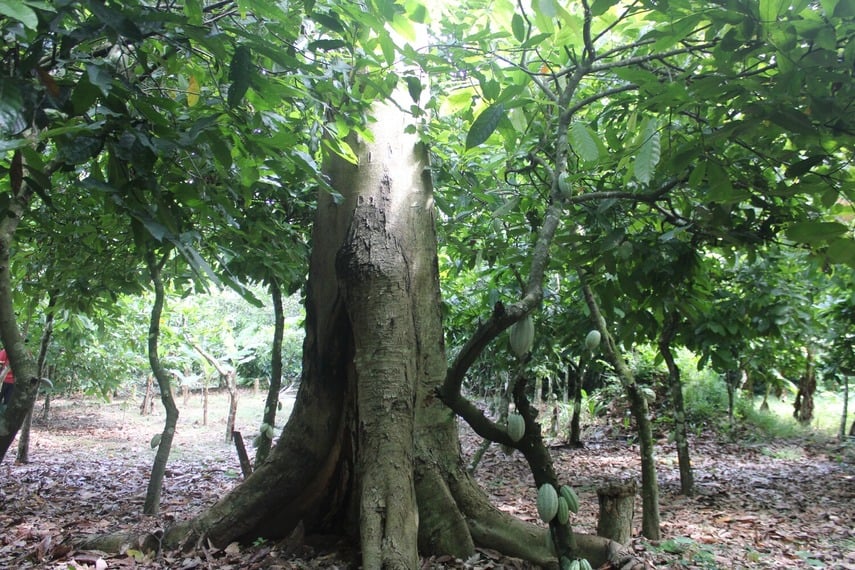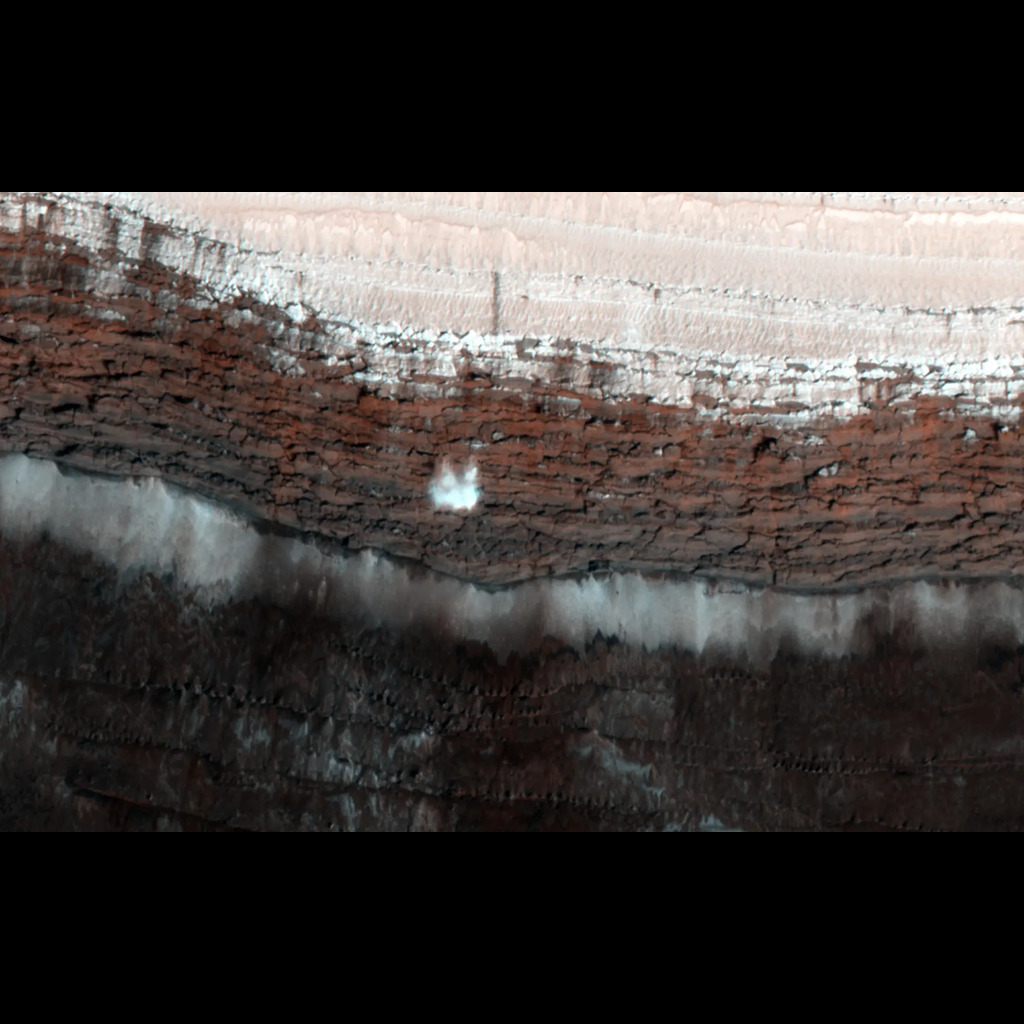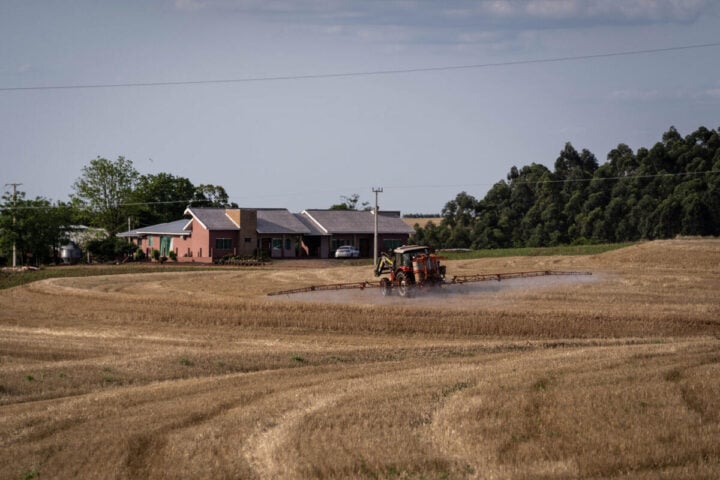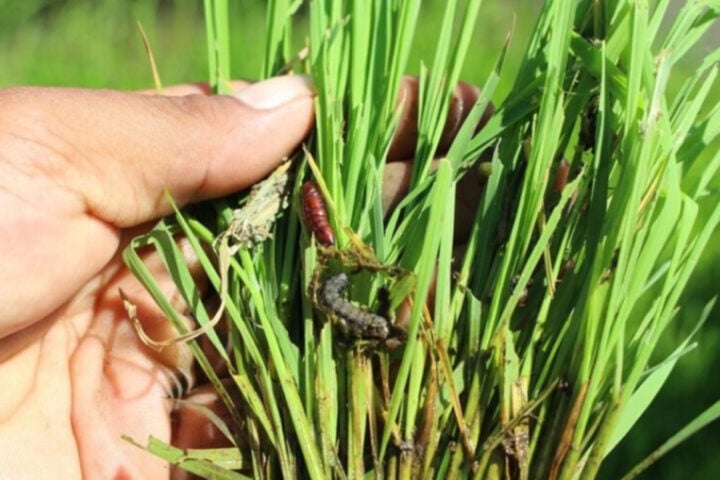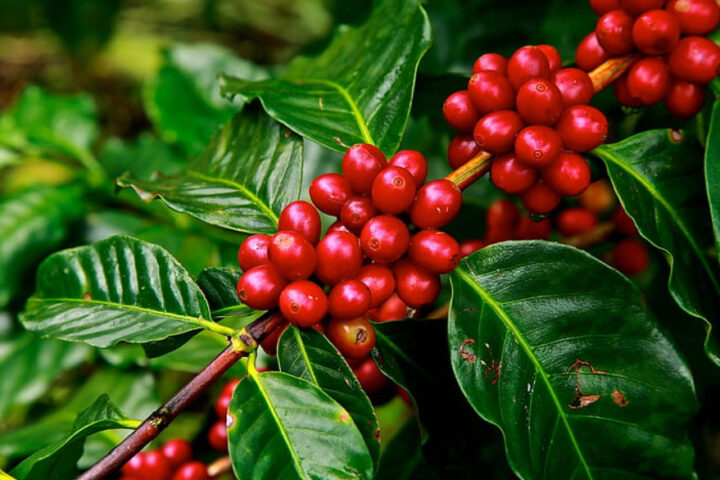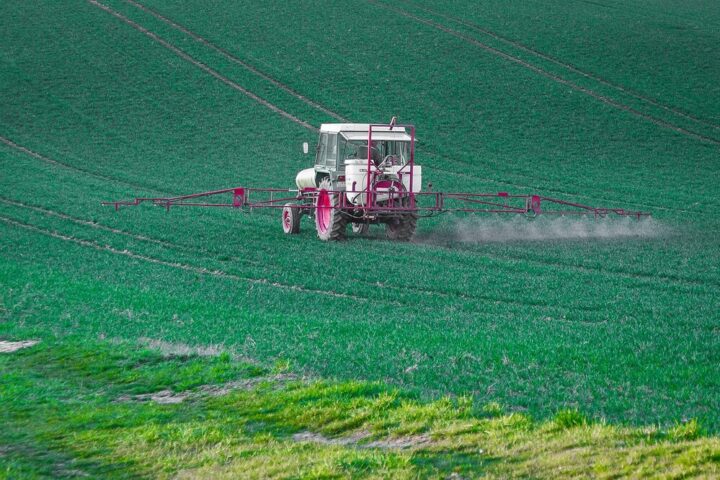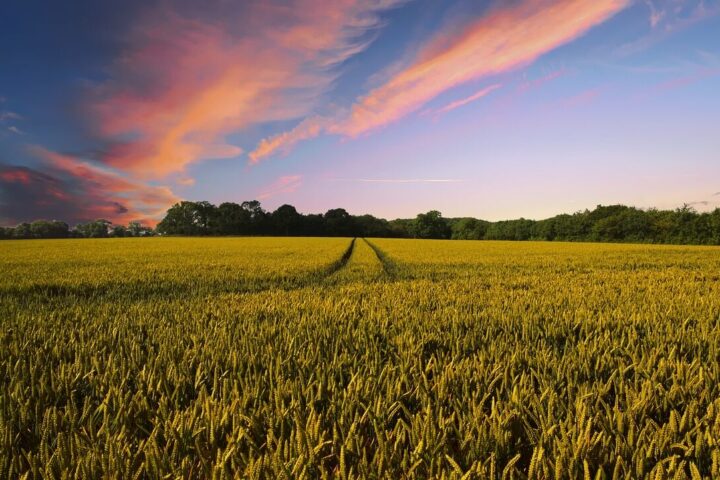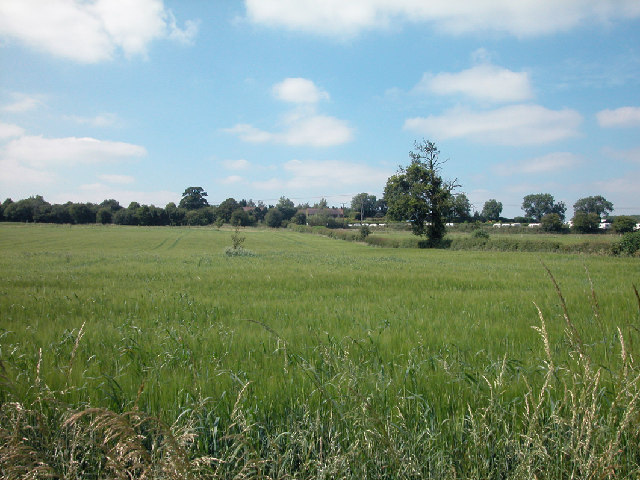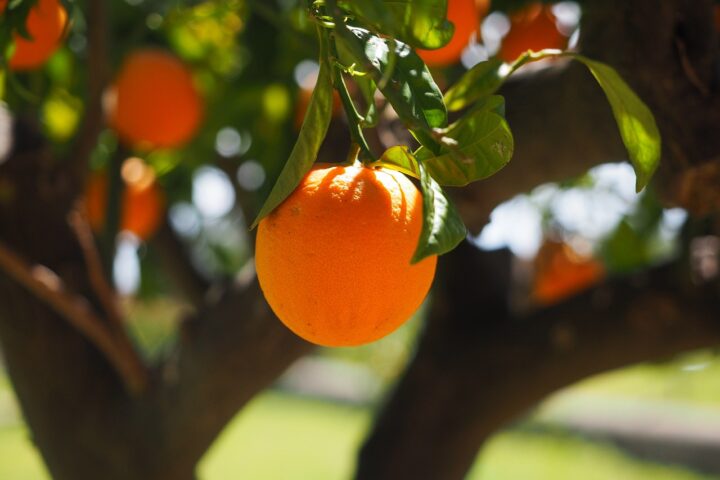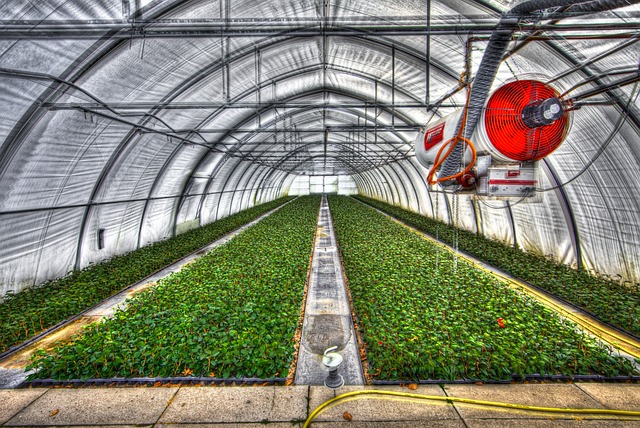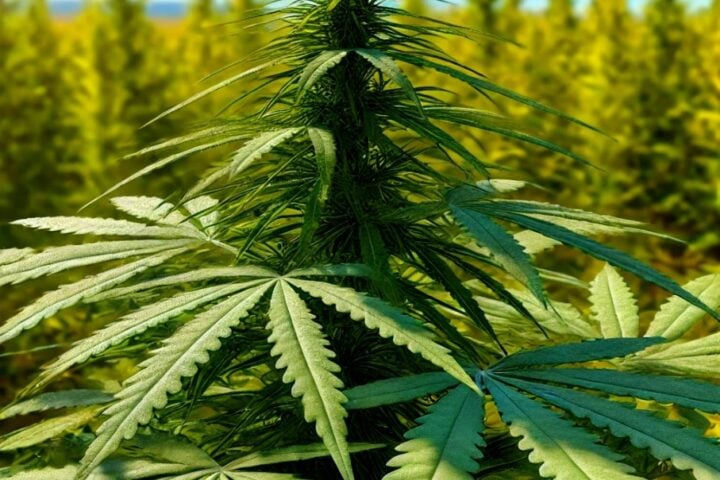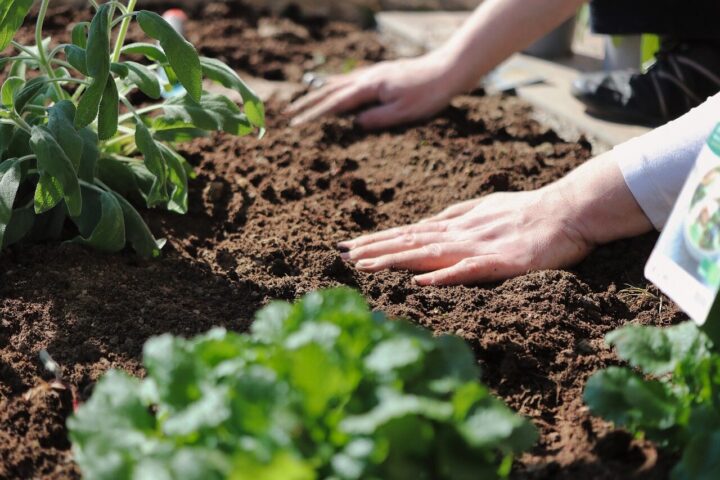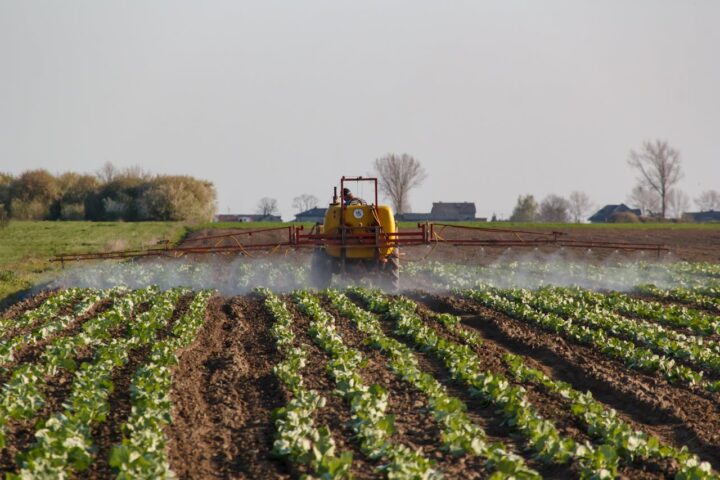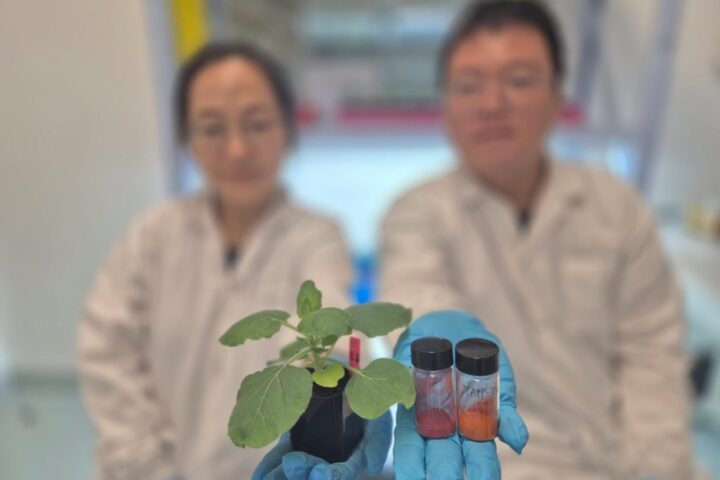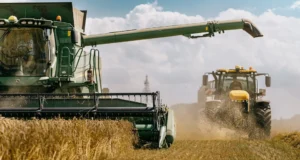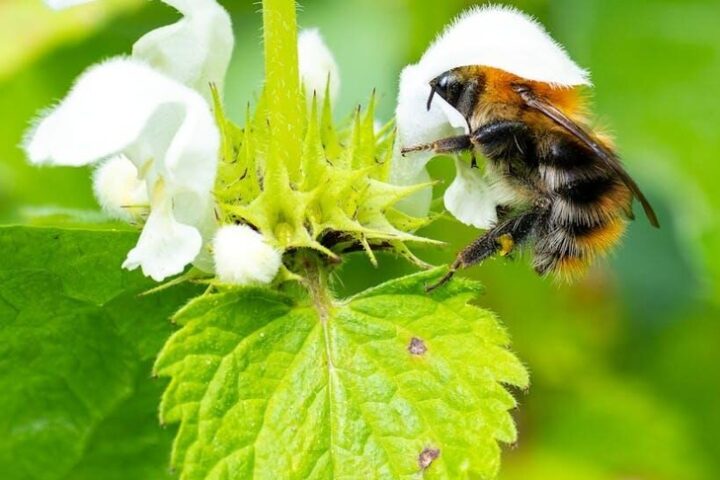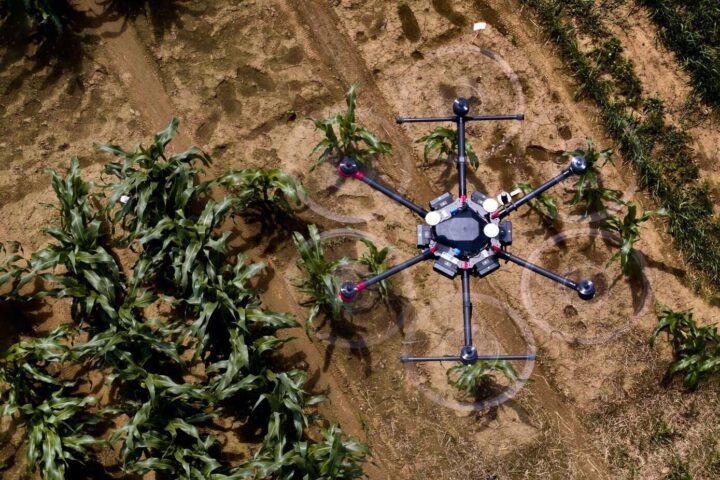A two-year field study in Ghana’s northern cocoa belt has revealed crucial insights into building climate-resistant cocoa farming systems through strategic shade tree integration. The research, funded by the German Research Foundation (DFG), comes at a critical time when West Africa, producing 70 percent of global cocoa, faces increasing climate pressures.
The international research team, comprising scientists from the University of Göttingen, University of Munich, University of Tübingen, Kwame Nkrumah University of Science and Technology, and the International Institute of Tropical Agriculture, Ghana, focused on the seasonal changes in leaf cycles of shade trees and their impact on cocoa production.
Understanding Leaf Phenology’s Role
The study identified seven distinct functional groups of shade trees based on their leaf phenological cycles. Trees that shed leaves during dry seasons proved particularly effective at maintaining soil moisture – a crucial factor for cocoa trees during drought periods. However, trees with shorter leaf-shedding periods showed increased soil water demand, potentially harming cocoa production in regions experiencing extended dry seasons.
“By using functional groupings based on leaf phenology, rather than focusing on the huge number of individual species, we offer practical guidelines for selecting shade trees that support climate resilient cocoa production,” stated Dr. Munir Hoffmann from Göttingen University’s Faculty of Agriculture, Tropical Plant Production and Agricultural Systems Modelling.
Similar Posts
Environmental Impact and Production Balance
The research revealed complex dynamics between shade trees and cocoa plants. While evergreen trees showed benefits in moderate climates, they increased fungal disease risks in wetter conditions. The study monitored various parameters including canopy height and light interception during wet and dry seasons, analyzing their effects on microclimatic stability and cocoa yields.
Dr. Issaka Abdulai, the lead author and postdoctoral researcher, emphasized, “This study sheds light on the importance of leaf phenology as a guiding trait for selecting shade trees that will enhance cocoa resilience to climate change.”
Agroforestry Integration
Climate change induced drought has made it critical to adapt farming practices and find new approaches. Agroforestry systems, which integrate trees and shrubs into farming, are vital to achieving sustainable cocoa production. The research shows that shade trees can mitigate extreme environmental conditions while managing resource competition for water and light.
Professor Reimund Rötter, heading the research group, stated, “We have shown that, if chosen judiciously, shade trees can be allies in both sustaining cocoa productivity and enhancing environmental stability. Our results suggest a clear path forward for designing agroforestry systems that deliver higher resilience and sustainability.”
The complete research findings appear in Agriculture, Ecosystems & Environment (DOI: 10.1016/j.agee.2024.109363).
